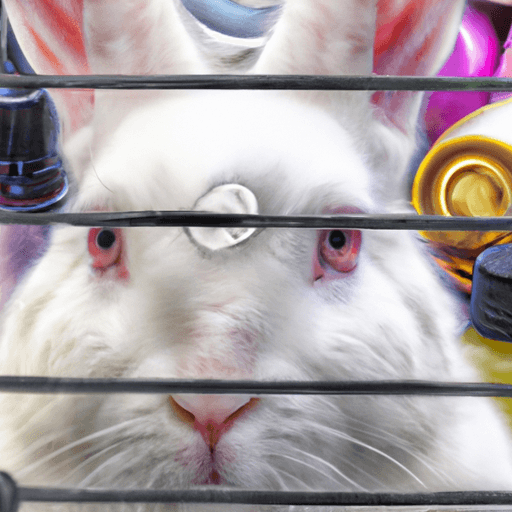Animal Testing in the Beauty Industry: An In-Depth Analysis
The beauty industry, as labor-intensive as it is, has been a significant player in the contentious issue of animal testing. This article aims to delve into various perspectives on this issue, shedding light on the ethical concerns raised over the years, the scale and scope of such practices, and the exploration of viable alternatives.
The Scale and Scope
In a bid to ensure the safety and effectiveness of their products, many beauty companies have resorted to testing on animals. These tests range from skin and eye irritation tests to lethal dose tests. The worldwide scale of animal testing in beauty is immense, with an estimated range of hundreds of thousands to millions of animals affected each year.
The Implications on Animals
Animal testing in the beauty industry raises significant ethical concerns. Animals used in these tests often suffer from physical harm, discomfort, distress, and, in numerous instances, death. The emotional wellbeing of these creatures is also notably impacted, contributing to a heightened sense of anxiety and depression.
The Necessity for Product Safety
On the other side of the coin, manufacturers argue that animal testing is crucial for product safety. These tests, they claim, are essential for eliminating potential harmful effects on human users. They insist that no feasible alternatives exist that can guarantee the same level of human safety.
The Emergence of Alternatives
However, scientific advancements have introduced alternatives to animal testing. From cellular tests to computer simulations and studies using donated human tissues, these innovative methods are not only humane but are often more accurate and cost-effective than animal testing.
Advocacy and Laws
Various advocacy groups globally are lobbying for change. Organizations such as PETA and Cruelty Free International are at the forefront of this fight. Legal regulations on animal testing in the beauty industry vary worldwide, with some countries, like the European Union and India, having outright bans, while others like the United States lack a federal law against it.
The Industry's Response
The industry is slowly responding to these pressures. More brands are now actively pursuing a ‘cruelty-free’ status, signifying their commitment to avoid animal testing. Leveraging public support and consumer consciousness, these entities are shifting towards adopting alternative testing methodologies.
Possible Solutions and Emerging Trends
While it might take time to completely eradicate animal testing from the beauty industry, the journey towards cruelty-free beauty has indeed begun. From adopting in vitro testing to advocating for legal changes and consumer education, the industry is steadily progressing towards a more ethical future.
This path, though fraught with challenges, represents a distinct shift towards ethical, compassionate beauty. Indeed, as more beauty consumers demand cruelty-free products, this transition might come sooner than we think.



















Comments
Leave a Comment